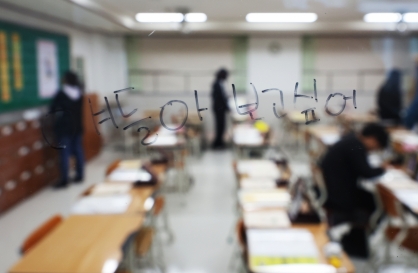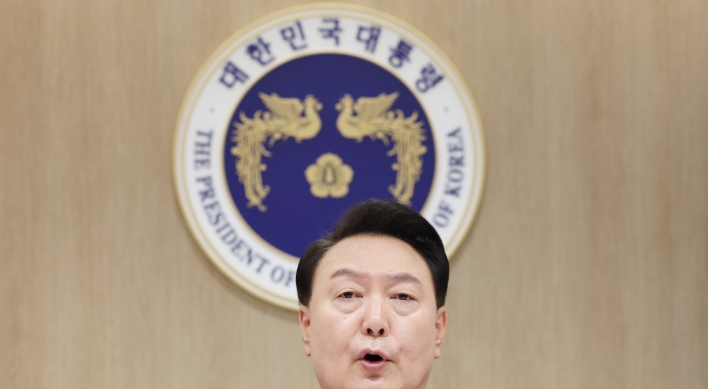Korean lenders’ average capital adequacy ratio fell in the fourth quarter after Hana Bank helped finance its parent company’s purchase of Korea Exchange Bank.
The ratio, a measure of capital reserves against assets at risk under the Basel II standard, slipped to 14.6 percent at the end of December from 14.62 percent three months earlier, the Financial Supervisory Service said in a statement. The average Tier 1 ratio fell to 11.63 percent from 11.75 percent at the end of September.
New Basel III capital rules agreed by global regulators late last year will force banks to hold more equity and easy-to- sell assets. While large Korean lenders weathered the global financial crisis without needing state bailouts, a surge in funding costs in international markets in late 2008 prompted the government to guarantee bank debts.
Hana Bank, the main banking unit of Hana Financial Group Inc., said Dec. 16 it will pay a dividend of 1.9 trillion won ($1.7 billion) to help fund its parent’s 4.7 trillion won purchase of Korea Exchange Bank from Dallas-based Lone Star Funds.
“The local banks’ capital adequacy ratio and Tier 1 ratio surpassed our highest grade, staying quite healthy,” the FSS said in the statement. The regulator said it will continue to guide lenders to keep enough capital to accommodate for the new Basel rules, set to be introduced from 2013.
Citigroup Inc.’s Korean unit posted the highest capital adequacy ratio among commercial lenders at 17.16 percent, followed by 16.26 percent at Korea Exchange Bank, the FSS said.
The consolidated capital adequacy ratio among seven bank holding companies including Woori Finance Holdings Co. and KB Financial Group Inc. rose to 13.52 percent on Dec. 31 from 13.39 percent there months earlier, the regulator said in a separate e-mailed statement.
Their Tier 1 ratio stood at 10.38 percent, up from 10.27 percent.
(Bloomberg)
The ratio, a measure of capital reserves against assets at risk under the Basel II standard, slipped to 14.6 percent at the end of December from 14.62 percent three months earlier, the Financial Supervisory Service said in a statement. The average Tier 1 ratio fell to 11.63 percent from 11.75 percent at the end of September.
New Basel III capital rules agreed by global regulators late last year will force banks to hold more equity and easy-to- sell assets. While large Korean lenders weathered the global financial crisis without needing state bailouts, a surge in funding costs in international markets in late 2008 prompted the government to guarantee bank debts.
Hana Bank, the main banking unit of Hana Financial Group Inc., said Dec. 16 it will pay a dividend of 1.9 trillion won ($1.7 billion) to help fund its parent’s 4.7 trillion won purchase of Korea Exchange Bank from Dallas-based Lone Star Funds.
“The local banks’ capital adequacy ratio and Tier 1 ratio surpassed our highest grade, staying quite healthy,” the FSS said in the statement. The regulator said it will continue to guide lenders to keep enough capital to accommodate for the new Basel rules, set to be introduced from 2013.
Citigroup Inc.’s Korean unit posted the highest capital adequacy ratio among commercial lenders at 17.16 percent, followed by 16.26 percent at Korea Exchange Bank, the FSS said.
The consolidated capital adequacy ratio among seven bank holding companies including Woori Finance Holdings Co. and KB Financial Group Inc. rose to 13.52 percent on Dec. 31 from 13.39 percent there months earlier, the regulator said in a separate e-mailed statement.
Their Tier 1 ratio stood at 10.38 percent, up from 10.27 percent.
(Bloomberg)


















